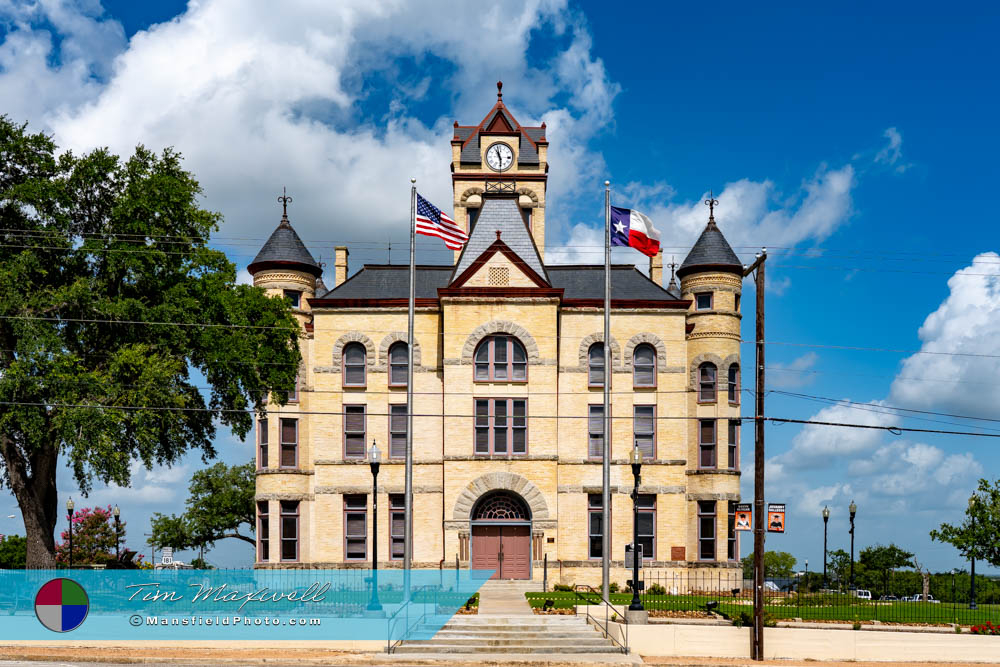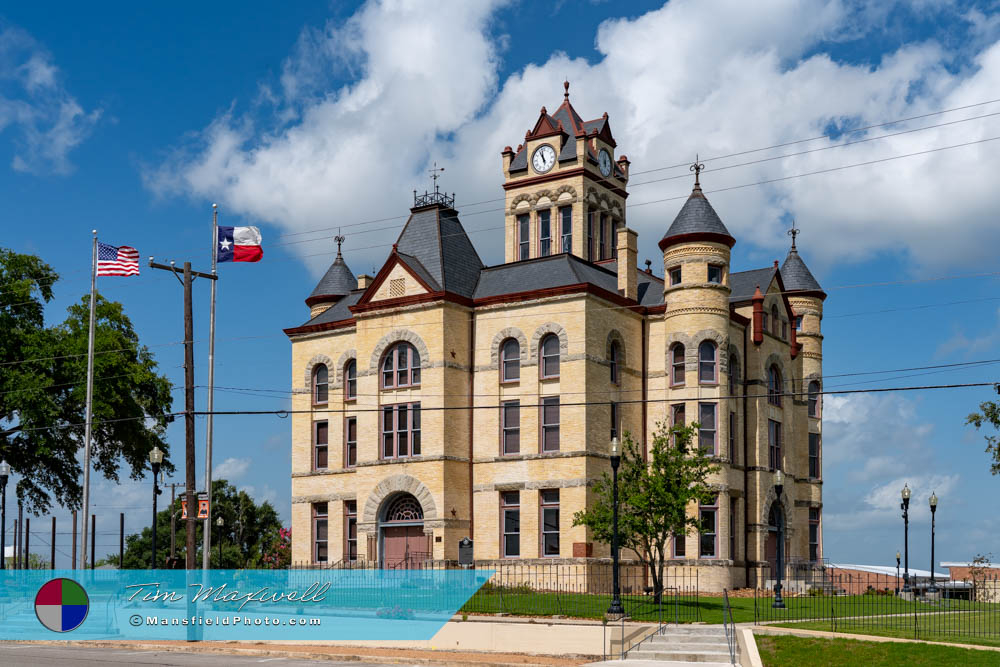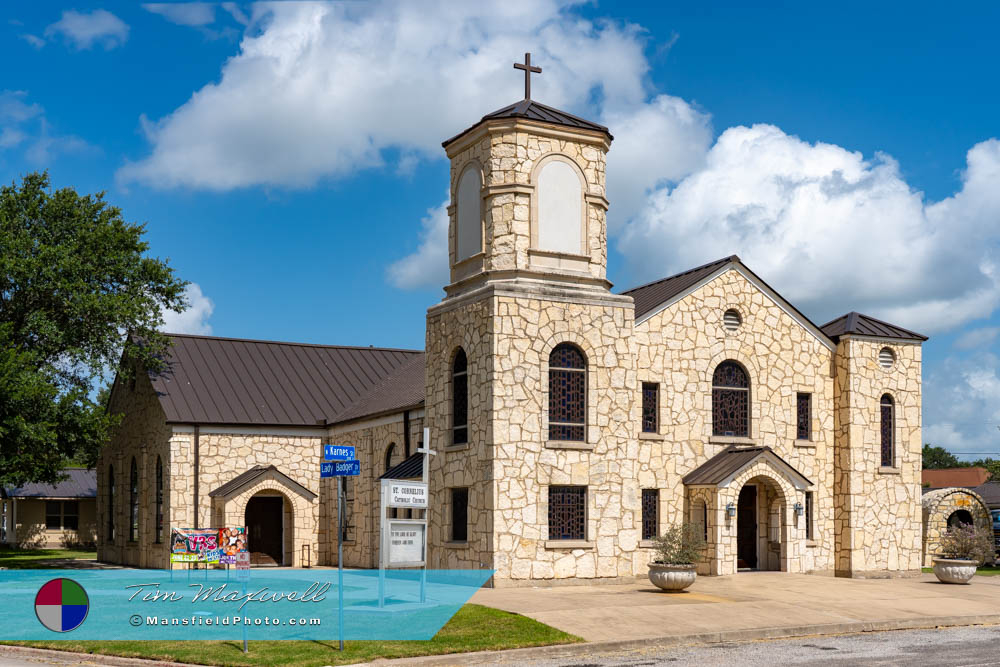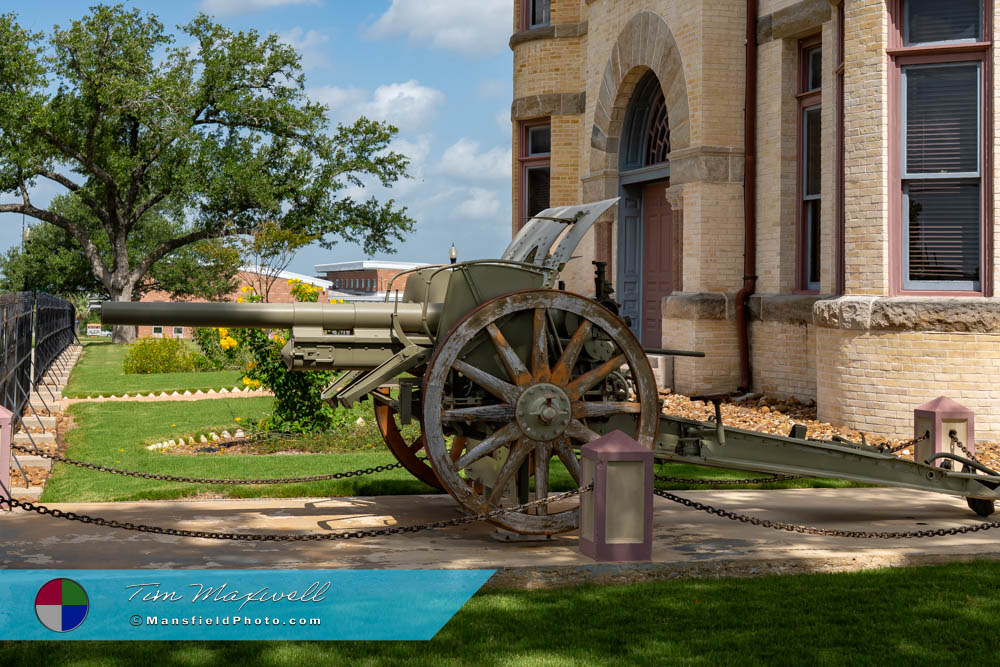Mansfield Photography
Karnes City, Texas
– From Revenge to Renaissance.
Karnes City, Texas, began not only as a strategic relocation of a county seat but as a town born from a dramatic power shift in South Texas. It carries a legacy filled with frontier justice, political maneuvering, and architectural heritage that still shapes its character today.
Named for a Texas Ranger with a Storied Past
The city owes its name to Colonel Henry Wax Karnes, a key figure during the Texas Revolution. Karnes was known for bravery in the storming of Bexar and commanded a company at the decisive Battle of San Jacinto. After independence, he served as a Texas Ranger, offering further protection during the volatile early years of the Republic of Texas. Though Karnes died young in 1840, his contributions to Texas history left an enduring mark, one that would eventually be honored by the naming of a future county seat.
Helena’s Rise and Fall
Before this town existed, the county seat of Karnes County was located in Helena. In 1854, Helena became the heart of county government and an important stage stop between San Antonio and Goliad. It was here that the first courthouse was built. After a powerful storm destroyed the original structure in the 1860s, a more substantial stone courthouse went up in 1873. However, Helena’s fate would take a dramatic turn by the end of the century.
The turning point came in the 1880s, when the San Antonio and Aransas Pass Railroad began surveying routes from San Antonio toward the coast. Helena’s citizens were unable—or unwilling—to meet the railroad’s expectations in terms of land and funding. W.G. Butler, a powerful rancher and businessman with personal grievances against the leadership in Helena, saw an opportunity. Butler had long harbored resentment against Helena’s mayor, blaming him for the death of his son, Emmett, in 1884. A bullet from a bar fight had taken Emmett’s life, and Butler placed the blame on the town’s lawlessness and leadership.
Butler retaliated in a uniquely Texas fashion—by changing the course of the future. He donated land to ensure the railroad passed through an area west of Helena, setting the stage for a new settlement that would soon eclipse the old one.
Founding a New Seat of Power
By 1891, a new railroad town had been platted along Butler’s donated land. This location quickly attracted commerce, infrastructure, and the attention of county officials. By 1893, the new settlement had grown enough to spark a decisive vote to move the county seat. On December 21 of that year, voters chose the new town over Helena. In 1894, it became official, and by the following year, the city was fully functioning as the administrative center of the county.
The Courthouse That Anchored a Community
A major component of the shift was the construction of a new courthouse. Bids were solicited in early 1894, with notable Texas architects Alfred Giles and J. Riely Gordon submitting proposals. Yet the contract went to John Cormack, known for building similar courthouses in Uvalde, Somervell, and Concho counties. Cormack died before completing the project, and his associate J.A. Austin stepped in to finish the work. The new courthouse was dedicated in October 1894 and finished the following May.
The original design was ambitious: a three-story brick building with rusticated stone trim, projecting mansard towers, cylindrical turrets, and a central clock tower. The building featured elements of Second Empire and Richardsonian Romanesque styles, making it one of the most architecturally significant courthouses in the region.
Over the decades, the building underwent several changes—conical turret roofs were removed, the clock tower came down, and the exterior was covered in stucco. But beginning in 2011, a major restoration project was undertaken, and by 2018 the courthouse was returned to its 1894 grandeur, complete with tower and original detailing.
The Death of Helena, The Life of a City
Helena didn’t just lose its courthouse; it lost its reason to exist. Without the railroad or the county seat, the town gradually declined. Buildings fell into disrepair, and the once-thriving stop on the stagecoach route faded into obscurity. Today, Helena is a ghost town, while the newer seat continues to serve as the hub of local government and civic life.
The Story Goes Hollywood
The founding story of the city even made its way into popular culture. In 1969, the TV show Death Valley Days aired an episode titled “The Oldest Law,” dramatizing the events that led to the town’s creation. Jim Davis portrayed Colonel Butler, and the show reimagined the conflict that turned personal vendetta into civic upheaval.
Modern-Day Life and Community
Today, the city continues to play an important role in South Texas. With its location along US Highway 181, it serves as a vital part of the Eagle Ford Shale oil and gas region. The city supports a range of industries and services, and its courthouse square still draws attention from visitors and history enthusiasts alike.
Although modern amenities and industries have shaped the current economy, reminders of the past are never far. The restored courthouse, historic jail, and surrounding neighborhoods tell the story of a town born not just of opportunity, but of intention, conflict, and vision.
A Place with Layers
More than just a dot on the map, the community remains a living piece of Texas history. From frontier battles to railroads and courtroom politics, Karnes City‘s past continues to echo through its buildings and streets. The spirit of Colonel Karnes and the ambitions of W.G. Butler shaped a town that endures to this day, not by accident, but by design.
📸 Interested in More Photos of This Town?







